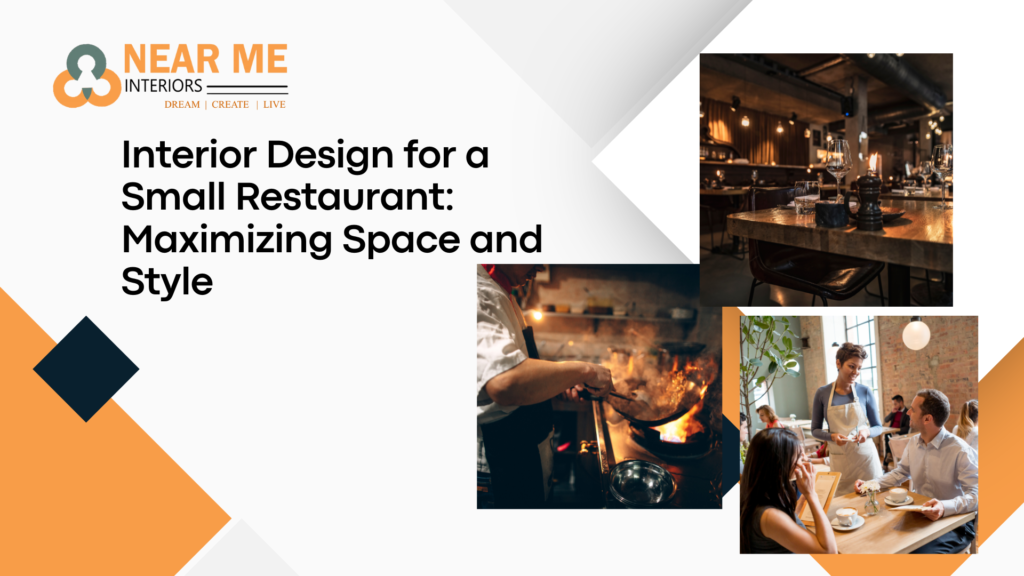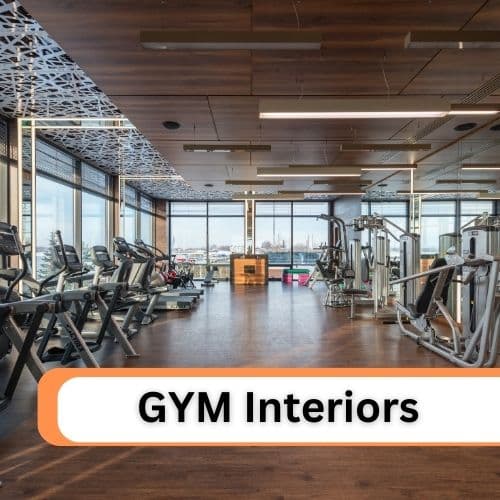Running a successful small restaurant demands more than just great food; the ambiance plays a significant role in customer satisfaction and repeat business. In today’s competitive hospitality industry, having a well-designed, cozy, and efficient space can be the difference between a bustling dining room and empty tables. When space is limited, interior design becomes even more crucial, and it requires a keen sense of creativity and functionality to make every square inch work.
At Near Me Interiors, we understand the unique challenges small restaurant owners face and are here to offer expert solutions that balance aesthetic appeal and practical functionality. Below, we’ll dive deep into how to create a visually stunning and highly functional design for a small restaurant, using techniques and approaches that deliver both beauty and efficiency.
The Importance of Smart Space Utilization
Small restaurants need to make the most of the available space, so effective space planning is essential. Every seat, counter, and corner must be carefully thought out to ensure maximum comfort for both diners and staff. At Near Me Interiors, our team of expert designers excels at finding creative ways to utilize tight spaces without compromising on style or function.
1. Layout Optimization
The first step to achieving a great small restaurant design is layout optimization. This involves determining the best possible arrangement of tables, chairs, and service areas to ensure smooth traffic flow and enhance the dining experience. A cluttered or poorly organized space can lead to long waits for diners, slower service, and a less enjoyable experience.
- Zoning: It’s important to create zones for different functions—dining, ordering, and service. For example, keeping the kitchen near the service area but separate from the dining zone can enhance both efficiency and the customer experience. Our designers at Near Me Interiors specialize in creating zones that work harmoniously in small spaces.
- Walkways: Ensure that there’s enough space for both customers and waitstaff to move freely without disturbing diners. A well-designed floor plan should minimize congestion by allowing a natural flow from the entrance to the seating area, restrooms, and service counters.
2. Multi-Functional Furniture
In smaller restaurant spaces, choosing the right furniture can dramatically improve the flexibility and functionality of the environment. Opting for multi-functional furniture is one of the most effective ways to maximize a small area.
- Foldable tables and chairs: These can be stored when not in use, allowing for flexibility in seating arrangements. If your restaurant experiences varying customer volumes during different times of the day, this option can be especially useful.
- Benches with storage: Built-in seating with hidden storage compartments is ideal for small spaces. This not only provides comfortable seating but also allows storage for tableware, cleaning supplies, or even menus, helping to keep the dining area clutter-free.
- Convertible counters: A counter that doubles as a dining space and a service area can reduce the need for additional furniture, freeing up space for more seating.

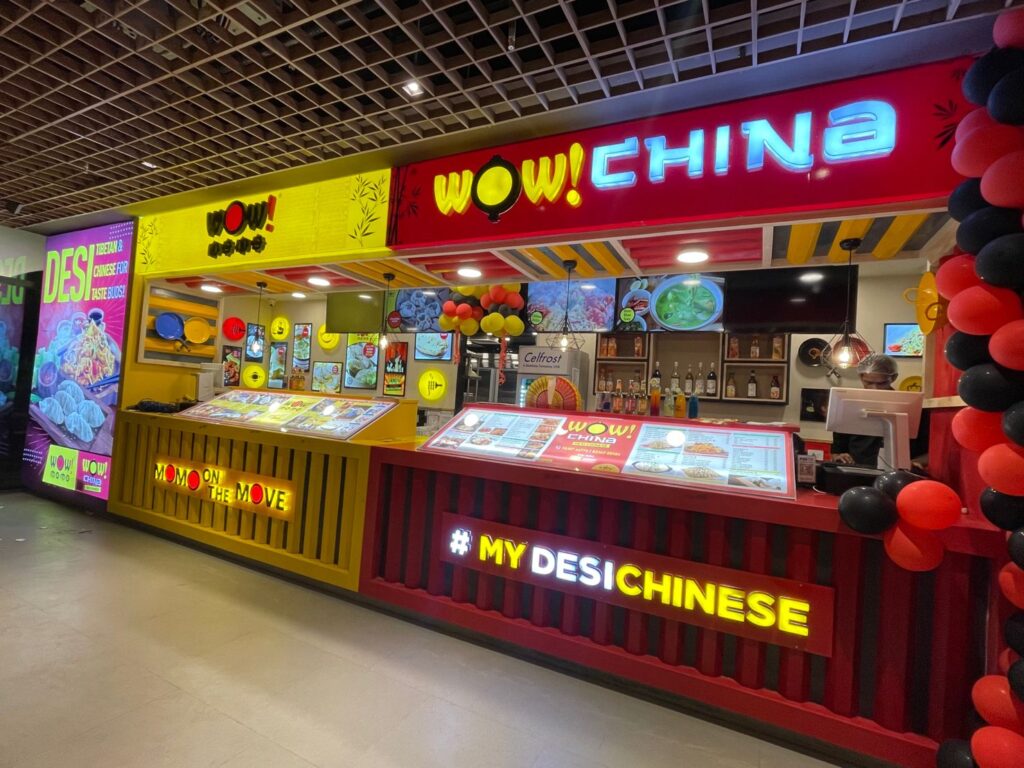

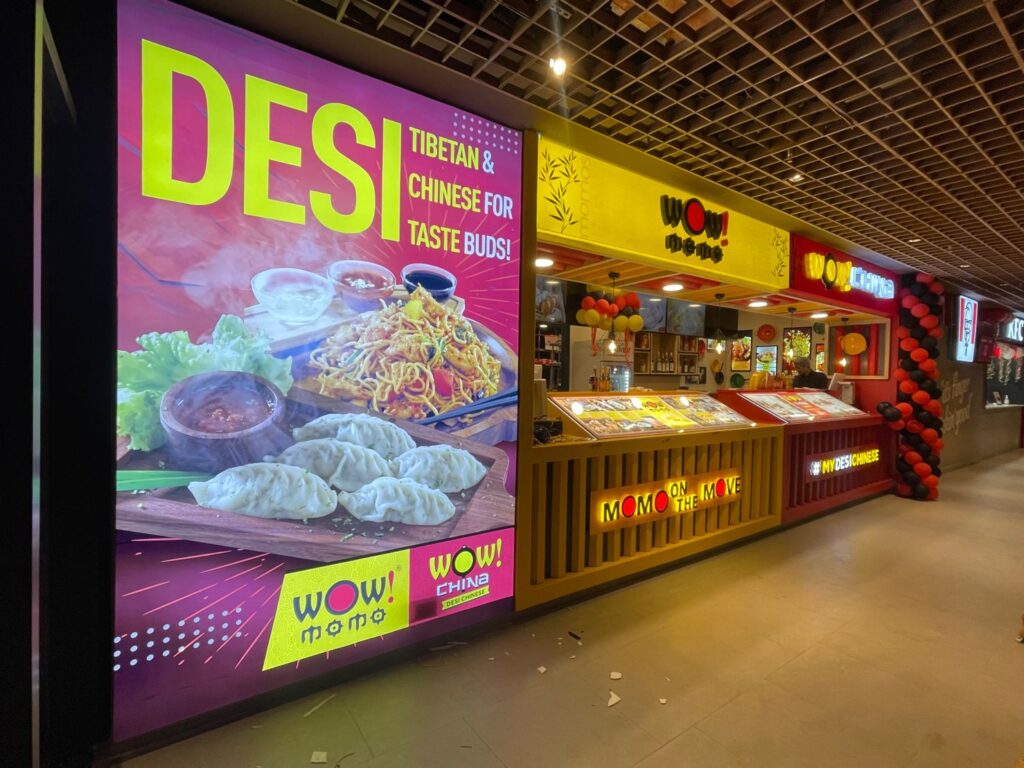
Interior Design Styles for Small Restaurants
Choosing the right design style is key to defining the atmosphere of your restaurant. The design must reflect the theme of your cuisine and target demographic while staying functional in a smaller space.
1. Minimalist Design
Minimalism is one of the most popular design trends for small restaurants, as it emphasizes simplicity, clean lines, and efficient use of space. The minimalist design eliminates unnecessary clutter and focuses on creating an open, airy atmosphere, perfect for small interiors.
- Neutral color schemes: Shades of white, beige, and light grays can make the space feel larger and more inviting. Paired with strategic lighting, these tones create an illusion of openness.
- Streamlined furniture: Minimalist furniture with sleek lines and slim profiles helps keep the space from feeling cramped. Light-colored furniture pieces can also blend seamlessly with the neutral palette of the room.
- Open shelving: Incorporating open shelving allows for storage and display while maintaining the airy, uncluttered aesthetic that minimalism demands.
2. Industrial Chic
For those seeking a more contemporary and edgy atmosphere, industrial chic is a perfect choice. This style combines raw materials like exposed brick, concrete, and steel with vintage or rustic elements, creating a unique and trendy vibe that resonates with younger diners.
- Exposed elements: In a small restaurant, leaving pipes, ducts, and brickwork exposed can give the space an authentic and raw aesthetic while eliminating the need for unnecessary decorative elements.
- Wood and metal: Furniture made from reclaimed wood and metal gives a sturdy, functional feel to the design while keeping with the industrial theme.
- Pendant lighting: Hanging lights with exposed bulbs add to the industrial ambiance, providing both functionality and style. These lights can also create focal points that draw the eye upward, making the space feel larger.
Color Schemes to Enhance Small Spaces
1. Light and Bright Colors
Using light colors can create the illusion of space in a small restaurant. Light shades such as soft blues, pale greens, and off-whites reflect more light, making the space feel bigger and more open.
- Accents: While light colors work well for the base, adding a few bold accent walls or colorful decor pieces can inject personality and make the interior more visually appealing without overpowering the small space.
- Monochrome: A monochromatic color scheme, using different shades of the same color, can create a harmonious and cohesive design that enhances the perception of space.
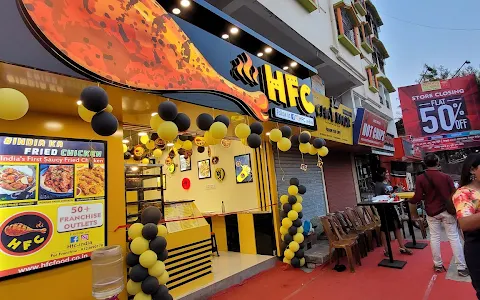

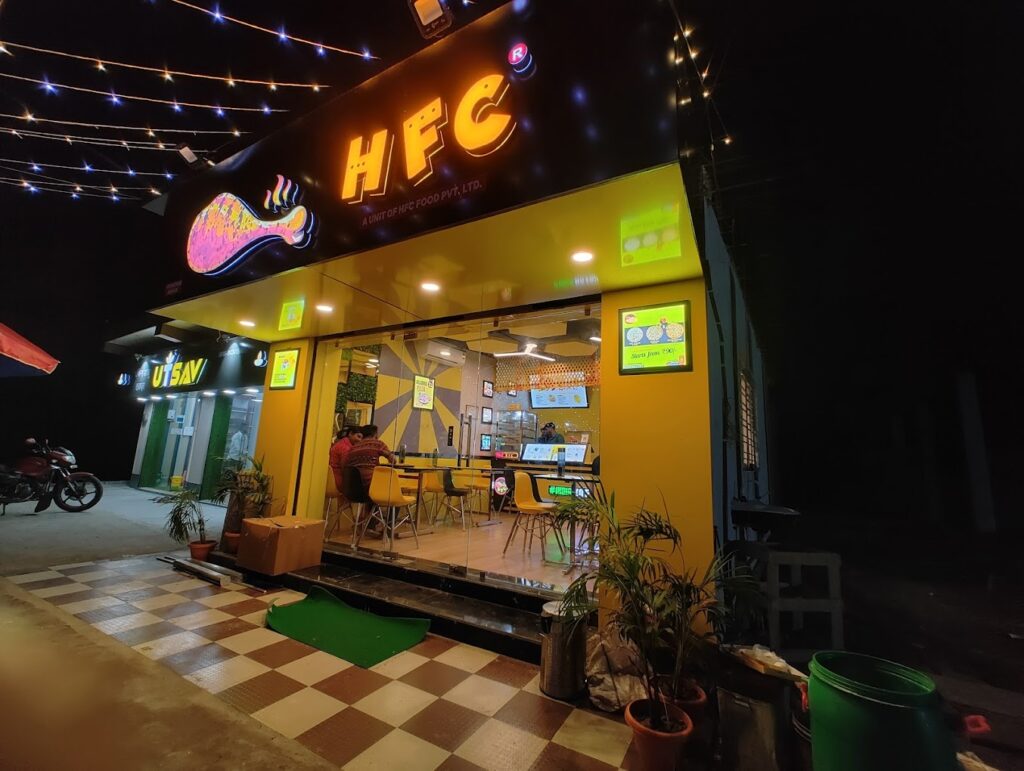
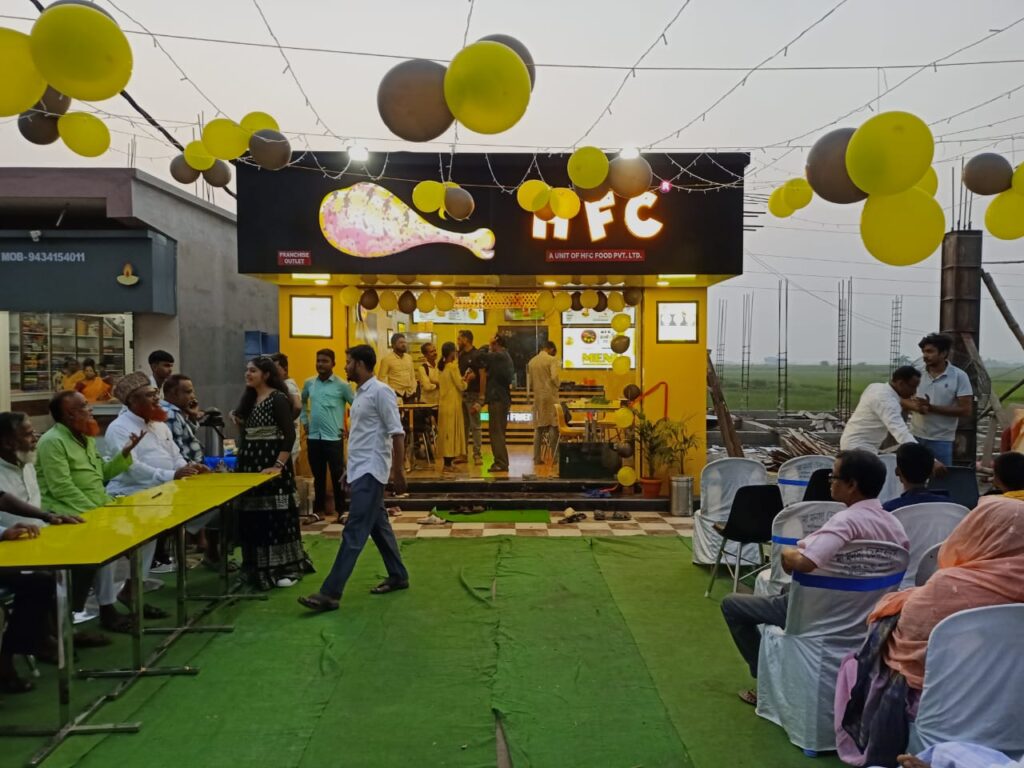
2. Bold Color Pops
If you’re looking to make a bold statement, strategic color pops in smaller spaces can help draw attention to key areas without overwhelming the room.
- Bright seating: Colorful chairs or cushions can break up the neutral tones of walls and flooring, adding vibrancy to the design.
- Decor accents: Wall art, table settings, and lighting fixtures can all incorporate pops of color, bringing energy and life to the space.
Lighting Solutions for Small Restaurants
Lighting plays a crucial role in creating the right ambiance for your restaurant. In a small space, it’s important to strike the right balance between task lighting for functional areas and ambient lighting to enhance the dining experience.
1. Natural Lighting
Maximizing natural light is the best way to make a small space feel larger. Large windows, glass doors, and skylights can flood the dining area with daylight, making it more welcoming and spacious.
- Mirrors: Placing mirrors on walls opposite windows reflects natural light, amplifying the effect and further opening up the space.
2. Ambient Lighting
For evening service, creating the right ambiance with soft lighting is essential. Pendant lights, wall sconces, and recessed lighting can all provide subtle illumination without overpowering the space.
- Dimmer switches: Installing dimmers allows you to adjust the lighting depending on the time of day or the desired atmosphere, offering flexibility to create the perfect dining environment.
Decor and Branding Elements
The final touch to any interior design project is the incorporation of branding elements that reinforce the identity of your restaurant. Consistent branding not only strengthens your restaurant’s identity but also enhances the overall customer experience.
1. Wall Art and Murals
Custom wall art or murals reflecting your restaurant’s theme can serve as the focal point of the design, adding personality and a sense of uniqueness. This is particularly effective in smaller spaces where the decor needs to make a strong impact.
2. Signage and Logo Placement
Incorporating your restaurant’s logo and branding into the design itself can be subtle but powerful. Whether it’s through custom signage, menu boards, or decorative elements, consistent branding helps solidify your restaurant’s identity.
By taking a thoughtful approach to space utilization, furniture selection, lighting, and design style, a small restaurant can make a big impact. At Near Me Interiors, we specialize in helping small restaurants achieve the perfect balance between style and functionality, ensuring that your customers enjoy both their meals and the ambiance.

